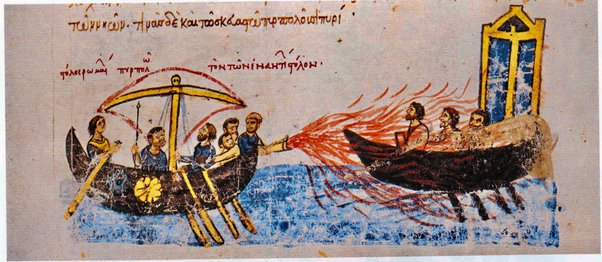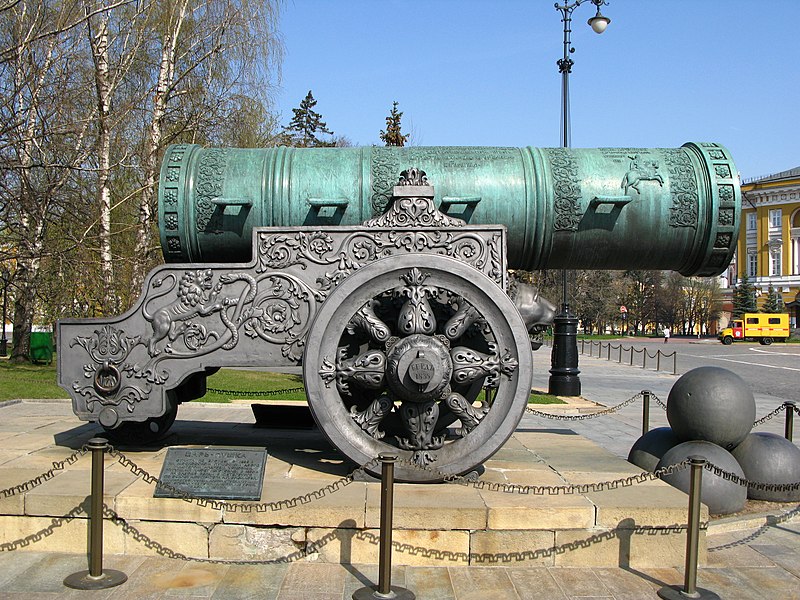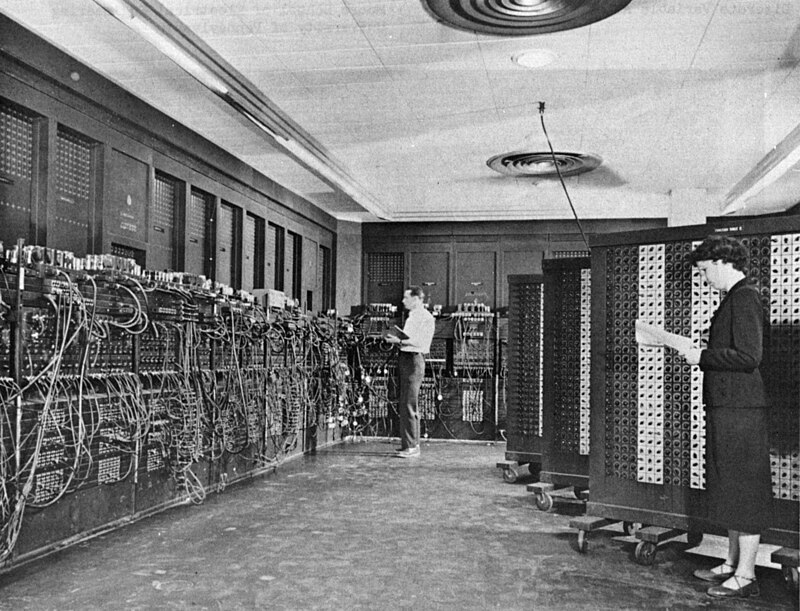
The word Engineer derives from the latin ingenium from which we get the word ingenius and genius. I was reminded of this re-watching Masada, the 1981 American TV miniseries which recounts the events of the siege of Masada by the Romans in Judea. Jewish Zealots believed Masada to be an impregnable fortress. The Romans demonstrated it was not.
Ingenium is the ability to think through problems and find solutions. In a military sense these solutions often involved the construction of tools that could defeat the defenses of the enemy. Catapults, mangonels,trebuchets, battering rams, siege towers and so on. Collectively these tools came to be called siege engines, and the builders were called engineers. I guess you could call that mechanical engineering.
At Masada the engineers constructed a massive ramp against the side of the plateau. They constructed a siege tower with a battering ram on top, and hauled it up the ramp. When the Zealots realized their fortress was about to be breached they committed mass suicide.

In ancient Greece we know they invented crude flamethrowers as siege weapons as early as 424 BC. But it was the Romans of Constantinople who perfected a weapon known as Greek Fire. They found a way to syphon naphta from a ship and use it to set other vessels on fire. It was the terror weapon of its day. This we might call chemical engineering. But fire and sailing do not mix well. The weapon was suited to the calm waters of the golden horn and the bosphorus around the city of Constantinople. In heavy waves there were risks of inflammable liquid spilling all over your own deck and turning your weapon into a death trap. It was used sparingly and carefully as a last ditch defense.
With the arrival of gunpowder weapons in 15th Century Europe the new engines of war became cannon. Gunpowder is another form of chemical engineering.

Ancient Roman siege engines (and later medieval ones) could be constructed on site if sufficient timber was available. You only needed to carry the plans and tools. In areas without timber the engines could be flat packed on wagons and assembled on site. The Roman Legion operated the first version of IKEA, with a wide variety of flatpack war engines, forts, towers and buildings.
Siege guns tend to be massive cannons called bombards. Later they evolved into mortars, cannon and howitzers. The job of the engineer was not simply to operate the bombard. You had to transport it from your lands to the enemy fortifications. This often involved the construction of roads, pulley gear to haul guns up and down slopes, bridging ravines or constructing cranes to lift them over obstacles. Civil engineering was born.

In 1861 at the outbreak of the US Civil War if the War Department needed a direction from the President they had to send a messenger on foot or by horse. The telegraph existed, but was a public service. It would not do for the army to queue in public at the telegraph office to send messages to and from the front. A year later President Lincoln was following the progress of the Second Manassas or battle of Bull Run, in almost real time via telegraph.
Electrical engineers were laying telegraph wires at a great rate for the army. General Lee instructed the Conferate forces to cut Union Telegraph Wires wherever possible. Information is power. In the years following the Civil War Electricity was harnessed as a source of communications, light, heat and power by all the military branches.

For some people the first “programmable” computer was the Jacquard Machine, a loom for weaving silk brocade. ENIAC was built from 1943 to 1945 and became the first electronic programmable digital computer. It was built by the US Army to calculate artillery firing tables. Electronic Engineering was born.
There’s letters sealed; and my two schoolfellows,
whom I will trust as I will adders fanged,
they bear the mandate; they must sweep my way
and marshal me to knavery. Let it work,
for ’tis the sport to have the enginer
hoist with his own petard; and ‘t shall go hard
but I will delve one yard below their mines
and blow them at the moon. O, ’tis most sweet
when in one line two crafts directly meet.
— Prince Hamlet, in Hamlet, act 3, scene 4.
-=o0o=-
Hope you enjoyed this post. The site is available for free and if you see any ads here I make no money from them. If you would like to show your appreciation for my site you can buy me a coffee! http://buymeacoffee.com/DonalClancy
Pingback: The Varangians | Mindship